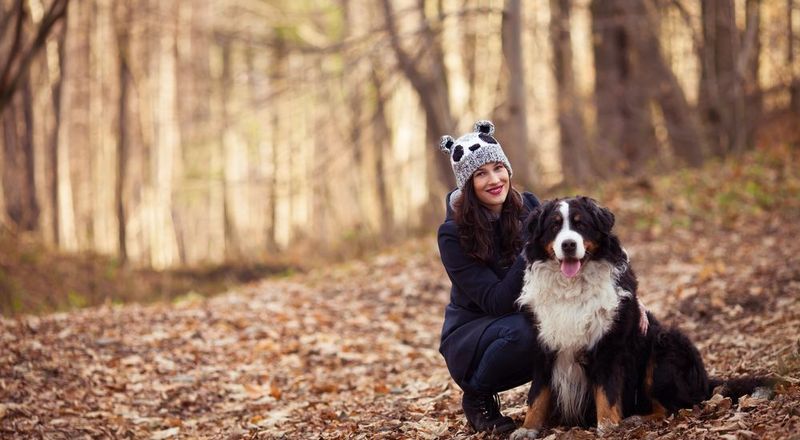How to exercise during the winter months
How to keep fit during the winter months
Written by spunout
Factsheet
Fact checked by experts and reviewed by young people.

Exercising during winter can seem like an impossible task due to the short days and bad weather. Although it may not be as easy to exercise outdoors as it was during the summer months there are other exercise options for you.
Tips on staying fit during winter
Exercise indoors
Join a gym or plug in your Wii Fit and get moving. Many community centres now offer gym facilities at a reduced rate, so this may be worth looking in to. You can also log onto sites such as YouTube or Dailymotion and check out exercise videos there. The obvious advantage of working out indoors is that you get to keep warm.
Join a class
Even if you are not a member of a gym, lots of gyms open their classes to the wider public. Community centres and alternative health studios also offer classes.
Exercise with a friend or family member
You are less likely to cancel if you know you are due to meet your friend at a class or the gym.
Outdoor activities
You may not realise it but outdoor activities such as sweeping leaves, shovelling snow and cleaning up the garden will provide exercise. If you are able to walk to work, to and from the shops or to school and college this is also a great way to get active. Talking your dog for a walk is also a great way to get out and active as your pet can also help to keep you motivated.
Set yourself some goals
Goals will always make exercise easier, for example a weight lifting programme may encourage you to lift heavier and heavier weights over time. You could train for an event or push yourself for a couple of minutes longer each time you train.
Set up a home gym
Buy some weights, a skipping rope and a swiss ball. Google ‘home exercise routines’ and you should find loads of info. At home you can also do exercises such as yoga, step-aerobics and dance. Test out a variety of workouts and see which ones best suit the time and space available to you.
Mix it up
Try to do a different exercise each session for differing lengths of time. Maybe try interval training one day, swimming another, weightlifting another. This should keep it interesting.
Join a sports team
This will be a great way to socialise as well as to keep fit. You will also be less likely to miss sessions. A fast-paced sport will also help to keep you warm.
Work with a personal trainer
If you have the money, hiring a personal trainer it is a great way to keep the motivation up as well as getting expert advice. Certain gyms will give discount offers to members to work with a trainer once a week, so check out your gym to see what offers they provide.
How to exercise safely during winter
If you choose to workout outside in winter check that it’s safe for you to do so. Certain conditions such as asthma, Raynaud’s disease and heart problems may stop you from exercising in the cold.
Do not overdress
Although it may be tempting to do so, do not overdress. When you exercise, you sweat and your body temperature goes up. This happens even in the freezing cold winter. If you dress too warmly, the sweat can stick to your skin and make you feel chilled. Put on a polypropylene or other synthetic tops that absorbs sweat, and then add a fleece or something woolly and warm. Avoid cotton clothing in winter as it gets wet and sticks to your skin.
Wear the right clothes
Wear a scarf to protect your lungs and throat from the biting wind. Gloves will also protect your hands from frostbite. If it’s really cold, consider wearing socks under your gloves or a thinner pair of gloves under a thicker pair. If it’s raining, try to avoid exercising outdoors and always check your footwear. Make sure it has a good grip, so you won’t slip, slide and fall on your ass while getting your workout in.
Also remember to wear reflective clothing if you are exercising any time beyond three o’ clock, as the nights draw in very quickly and dull cloudy days can also reduce light.
Watch out for the signs of frostbite and hypothermia
You might think it’s impossible to get these conditions in Ireland, but our winters are becoming more severe so we do have to be careful. Symptoms of hypothermia include: shivering, shaking, loss of co-ordination and slurred speech. Symptoms of frostbite include: numbness or stinging. Go to the A&E if you suspect hypothermia and/or contact a GP for frostbite.





